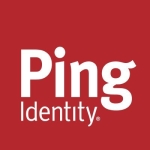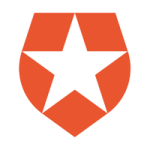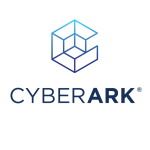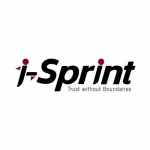What is most valuable?
The most valuable feature is that it's a rock-solid enterprise solution. It's the de facto standard. It works. It does what we need it to do in those circumstances, and it does it at scale.
How has it helped my organization?
It presents a standard pattern for people to secure their applications. In that regard, along with the tooling that we've built around the product, but the product itself as well facilitates app teams being able to do their application development, and then let security be layered on in the front of that. Given that we are a bank and we have significant issues around strong authentication, etc., that means, we can take care of that. The app teams don't need to keep up to date with whatever is new and current. They can just keep deploying applications. We deal with the security.
What needs improvement?
I think our questions, from me and our team, relate potentially to other products in the CA portfolio. There are other things such as strong authentication, risk-based authentication, and especially API management, which all represent a portfolio that could be integrated. Our interest is knowing the roadmap for making those part of a more seamless offering. If you like, it's the aggregation of the features of all those products, and how they come together.
What do I think about the stability of the solution?
It's very stable. I don't know that we've ever had it go down on us. It's occasionally gone really slow, but I don't think we've ever had a complete and utter outage that was the result of the product.
What do I think about the scalability of the solution?
It scales. You have to pay attention to its dependencies on the rest of the ecosystem, and especially the directory. That's what's bitten us before; make sure that your directory is responsive, near, and is scaled appropriately for CA SSO.
How are customer service and technical support?
We use technical support. It's not the best feature of CA. Lots of enterprise product companies have variable support offerings. CA are not the worst, but they're not the best. They're okay.
Which solution did I use previously and why did I switch?
I wasn't necessarily involved in the decision to invest in a solution like CA SSO . I was brought on post that decision, but it can really be summarized as: The previous solution was a combination, a kind of hybrid, of a third-party vendor who we fell out with, and some home-produced stuff that was clearly not fit for purpose. There were commodity products out there that could do it, and SiteMinder, CA SSO as it is now known, was the best and most scalable one at the time. We have a large enterprise, so it was the obvious choice.
Which other solutions did I evaluate?
I believe the one that we had fallen out with, a big third-party vendor, was still on the list but for nontechnical reasons, they were not really considered. I think there were two other vendors in the frame.
It's difficult to name the most important criteria when selecting a vendor like CA. In our minds, CA is a product company and not so much of a solution company. I think they have aspirations to be a solution company. Delivery of a solution, working with us on the requirements is quite important; understanding our problem and our space. Price is actually quite an issue with us. The new, modern world, cost constraints, especially in the financial services sector; we're all looking to improve margins in a tough climate. Cost is an important issue as well.
What other advice do I have?
You definitely need to consider CA SSO but you need to be mindful of the new ways of developing applications, and possibly look at the CA API Gateway product or some hybrid solution as well. You definitely need to consider CA SSO.
It is quite solid. It's never really gone down. It's a well-understood and reliable piece of our enterprise. The only reason I didn't rate it higher is that it's becoming a little less appropriate for the more modern styles of web application development, which is why I am curious about CA API Gateway and leveraging that. I think that represents all the features that are missing from CA SSO.
Clearly, we can go and buy the new product set and I guess CA would love that, but there needs to be a story about how the two live next to each other. It seems like that story is worked on in the SSO world, and it's worked on in the Layer 7 world, in the API Gateway world. I don't know if it's being worked on as a consolidated whole; a solution. That brings me back to the point I made elsewhere about solutions vs products.
Disclosure: My company does not have a business relationship with this vendor other than being a customer.















